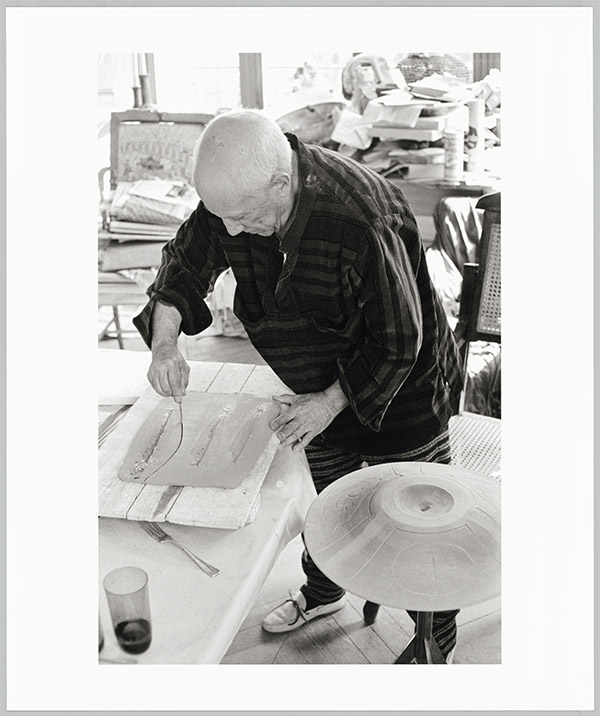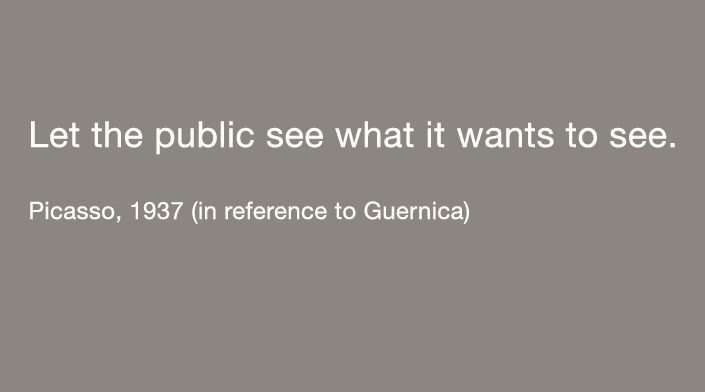2023, The Picasso Year
Close to forty exhibitions have been held over the course of 2023, celebrating the anniversary of the death of Picasso (1881-1973). Orchestrated by a bi-national Franco-Spanish commission, this homage came to a close in December with a Picasso Symposium organized at UNESCO and chaired by one of his grandchildren, Bernard Ruiz-Picasso, the coordinator of the Picasso Celebration 1973-2023 for France.
Picasso, a prolific and rebellious artist, was one of the great masters of 20th century art and the reputation of his genius soon moved beyond the borders of France and Europe. After arriving in Paris at a young age, Picasso lived among the artists' circles that defined the history of art of the last century. From Cubism onward —that is, before 1914— his renown was undeniable. In the 1920s, he gained recognition from his peers, art dealers, and collectors, and around 1930 the time had come for his international fame, which continued up until his death. His changing styles, his "affronts" to the painting tradition and to the history of art, as well as each one of his unique ways of using both art materials and everyday items in his work, were always immediately scrutinized and discussed at length. Picasso is considered the founder and father of all modernity. Embracing all the trends, commitments, and questionings of his generation, and remaining faithful to his artistic and intellectual friendships, he continued his work, his investigations and his production over the course of almost eight decades, always exploring and admiring the arts of the past and of other cultures.
Picasso's oeuvre is inextricably linked to the history of the 20th century: that of art and of the world alike. The artist experienced the hardships of war, the difficulty of being a foreigner, violent social upheaval, a society in flux, and political struggles. He shared close connections with those who shaped the different schools of thought and ideas of his times. Picasso tried his hand at writing and poetry, handling words as he handled drawing, brushes, and colors, unconcerned with linearity, obvious meaning, or punctuation. He was a sculptor, ceramist, painter, and collector with a sharp eye and a sure hand, a prodigious draughtsman using precise gestures, with a mind always on the lookout, curious about anything new or unusual; the many facets of his work were brought to the fore over the course of 2023.
Picasso's work reveals the artist's dreams, his emotions, his desires, his intimate suffering, his rage, and his insatiable curiosity. They are actually its main components. The heated debates that emerged in recent years have highlighted Picasso's profound ambivalence in his pictorial treatment of violence and sexuality, calling for a new interpretation of his work. The fiftieth anniversary of his death has provided an opportunity to reconsider his methods. How can we see, understand, analyze, or judge Picasso today? In his relationship to art, to politics, to sexuality, to women? His perfectly controlled communication and concern for his image? His rebellion against convention? Clearly the work of "the century's greatest artist" has to be reassessed in the context of the times in which he lived. This was one of the subjects addressed in the symposium held at UNESCO to mark the end of an exceptional year and the common thread running throughout the featured exhibitions.






 Summary
Summary